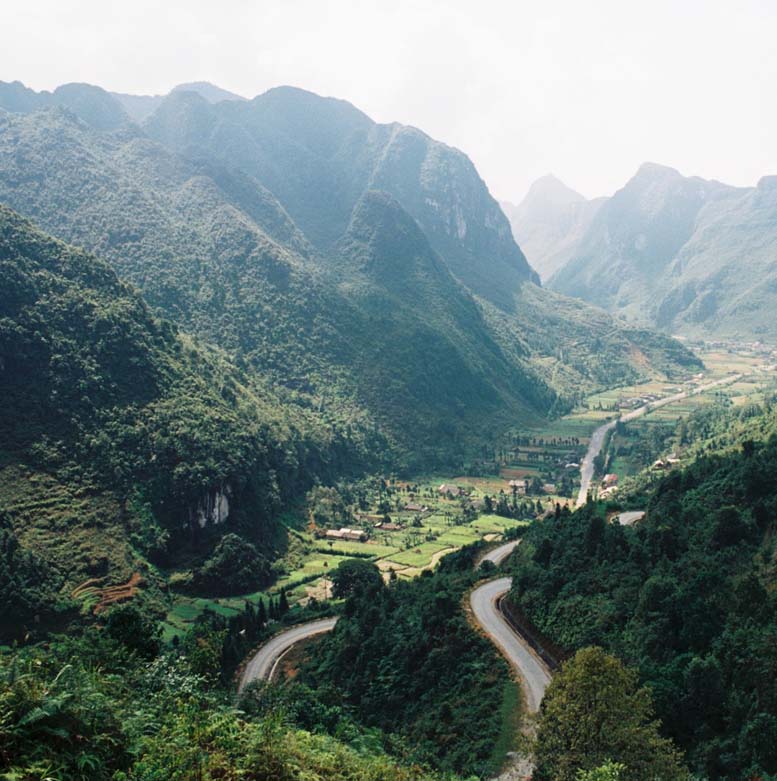The Indo-Burma region (Vietnam, Lao PDR, Cambodia, Thailand, Myanmar, and parts of southern China) is one of the world’s top biodiversity “hotspots” – home to large numbers of species, many of which are found nowhere else on the planet. However, with the region’s large (and rapidly growing) human population, and intense pressure on its natural ecosystems, many of these species are threatened with extinction.
The Critical Ecosystem Partnership Fund (CEPF) has invested tens of millions of dollars in biodiversity conservation initiatives in Indo-Burma since 2008, guided by a strategy document known as an ecosystem profile. CEPF recently engaged Ecosure to conduct a study into biodiversity conservation funding in Indo-Burma between 2015 and 2019, and to draft a corresponding chapter for the new 2020 update of the Indo-Burma Ecosystem Profile.
For this study we analysed data on more than 1,600 investments (such as grants) made by more than 100 different donors, and interviewed 28 key stakeholders (including representatives of local and international NGOs, intergovernmental organisations, and international donors).
We determined that during this period, at least US$3.4 billion was invested in biodiversity conservation. The majority of this investment (US$2.6 billion) was made by governments within the region, particularly the governments of Thailand and China. While this may sound like a lot, it only represents 0.0002% of the region’s GDP, or just under US$1.50 per person, per year.
The remaining US$824 million was largely invested by international sources, including multilateral agencies (such as the Global Environment Facility and the World Bank), bilateral agencies (such as the US Agency for International Development (USAID) and Australia’s Department of Foreign Affairs and Trade (DFAT)), philanthropic foundations and funds, and the private sector.
Our study also analysed the allocation of international funding by country (with Vietnam and Lao PDR receiving the most), and by theme (with sustainable natural resources management and sustainable development projects dominating). We discussed trends in conservation investment over the last decade (including a reduced emphasis on species-focused conservation and an increased emphasis on climate change funding), the challenges facing domestic civil society, strategic funding initiatives, conducted a brief gap analysis, and gave a series of recommendations to guide future CEPF investment in the region.
For more information please contact James Tallant on jtallant@ecosure.com.au

